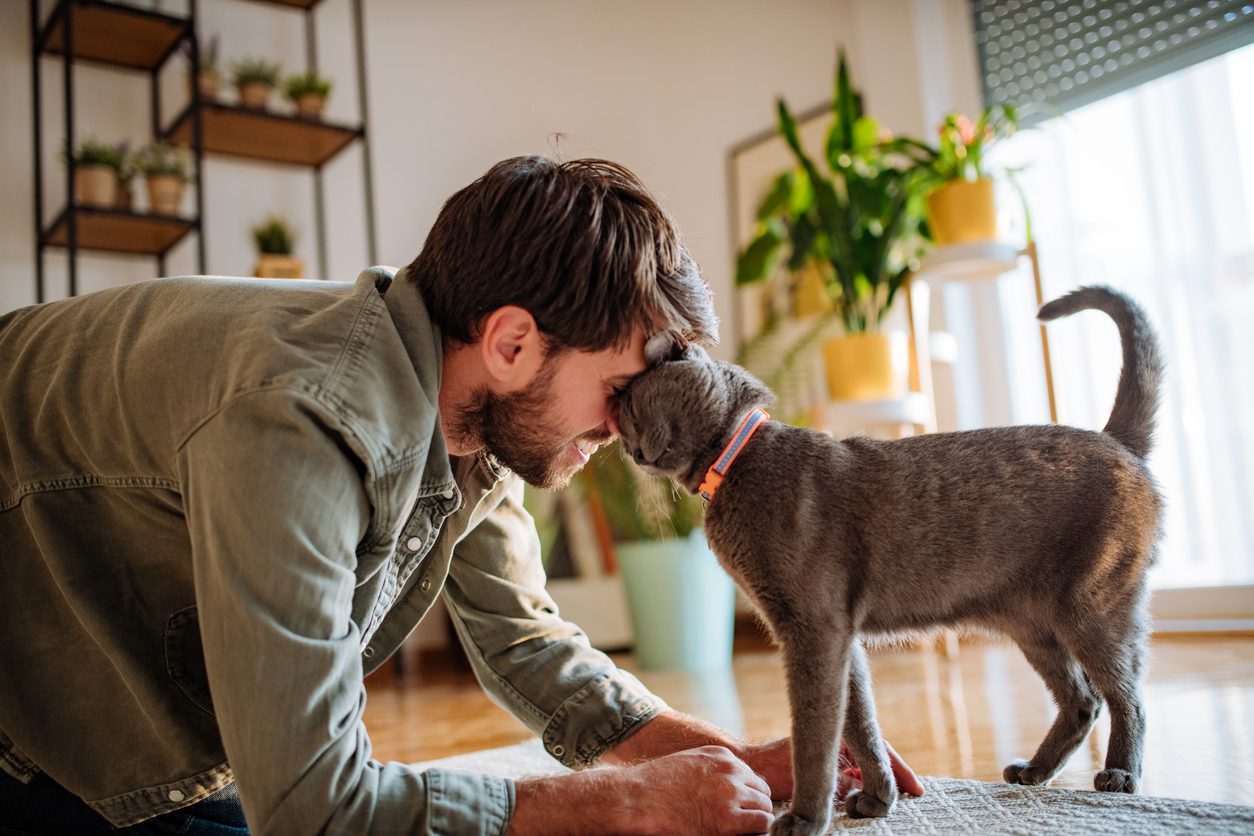Understanding Your Cat’s Tail Language
Q: I am about to adopt a cat, my first. I want to understand what my new cat is trying to tell me through meowing and body language. Please educate me.
A: Congratulations on adopting your new family member and learning how to communicate with your kitty. Feline vocalizations, body language, scent communication, visual signals and tactile communication are fascinating.
Vocalizations range from the trill or chirp cats use to greet feline and human friends to purring. In addition, cats meow in dozens of ways, and each meow has a distinct meaning.
Hissing and spitting usually indicate that a cat feels threatened or defensive, while growling and snarling signal the start of an attack.
Body language, the most important method of communicating for cats, involves the face, eyes, ears, tail and body posture. When a cat greets a friend, the body relaxes, the hair lies flat and the tail stands up and often quivers.
When cats want to look large enough to scare away an enemy, the fur on their body and tail sticks out, the back arches, and the tail stands erect. By contrast, when cats are fearful and want to look inconspicuous, they crouch and drop the tail.
When cats are content and relaxed, the tail sways gently. When they’re annoyed, it twitches.
Cats’ ears also communicate feelings. Erect ears show the cat is alert, whereas ears flattened back against the head signal fear or aggression.
Cats leave scents produced by glands at the corners of the mouth, on the cheeks, on the sides of the forehead, on the foot pads and along the tail. Head butting is a common way of leaving a scent signal. When cats scratch a vertical surface, they leave their scent and a visual signal in the form of your shredded upholstery.
Tactile communication occurs when cats rub against or groom other group members, including humans.
I hope this glimpse into feline communication helps enhance your bond with your new cat.
